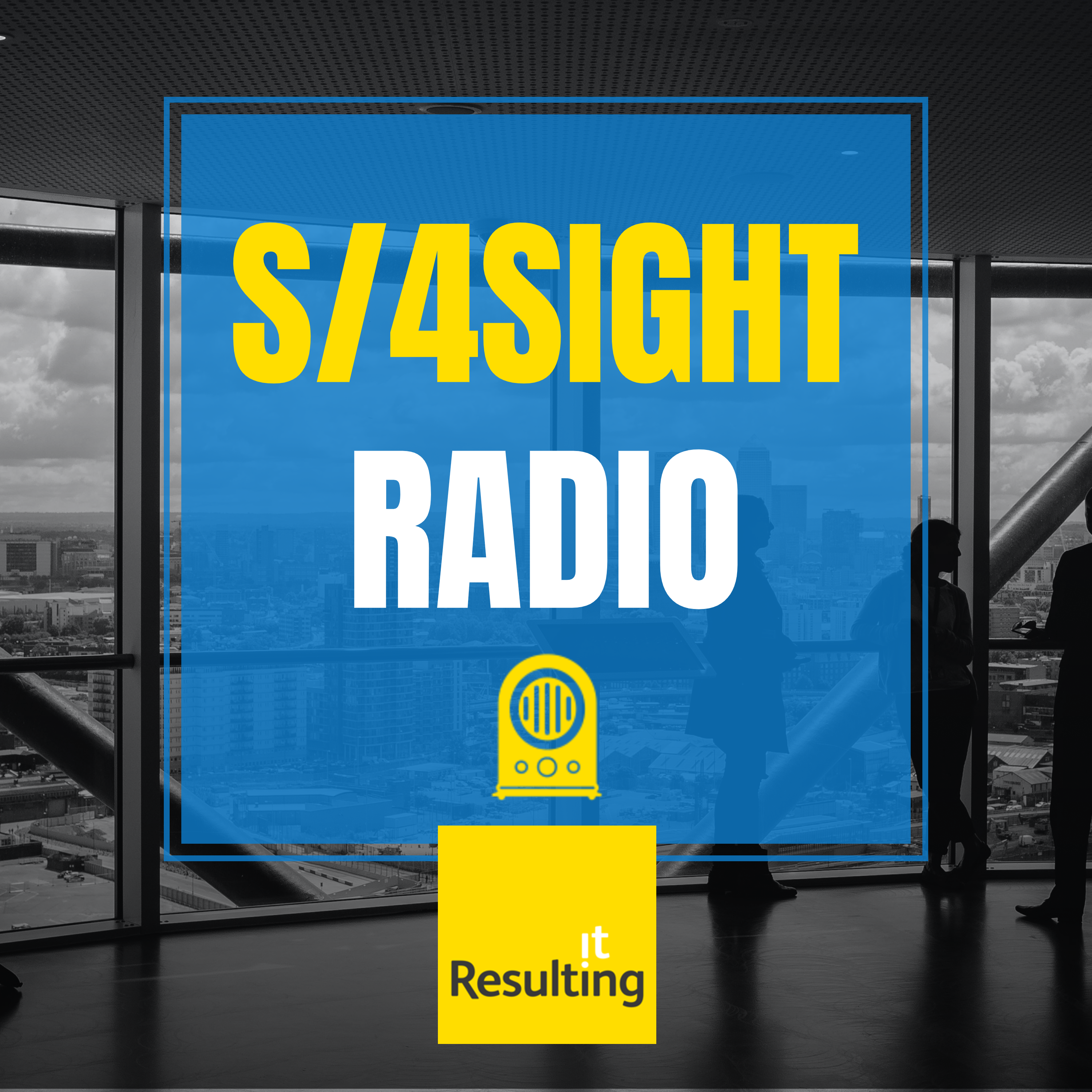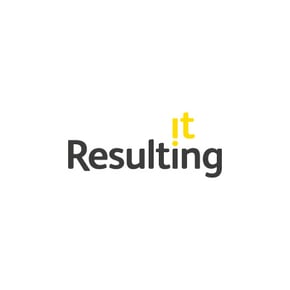
WHAT DOES ERP LOOK LIKE?
The ERP system provides us with a single centralised repository where all our core business data is collected and stored.
Information at your fingertips, updated real time and accessible to everyone.
A single source of truth, a single view of operations.
We can adapt the ERP system to fit our individual business requirements, we determine how to set up our system according to our needs and our specific business processes.
The core ERP system will likely be split into different modules which provide the building blocks of our solution.
The organisation determines which building blocks or modules they want to switch on according to their business needs and which module will satisfy their business process requirements.
Core modules often include:
-
Financials and Accounting
-
Sales
-
Purchasing
-
Manufacturing
-
Human Resources
-
Supply Chain Management.
Then there will be additional requirements that we may want to consider like mobility and accessibility. Do we want employees to be able to access the system remotely from handheld devices such as phones and tablets?
Third party integration: do we need our ERP solution to be able to ‘talk’ to other tools that are used for specific functions within the business and to share data seamlessly between them? For example a payroll system.
Security and data compliance: how do you encrypt and protect your data as well as complying with data protection laws and regulations. These all feed into the ERP solution and what it needs to look like. The ERP system mirrors the structure and activities that take place in the company.
In order to do this there are six key elements that make up the ERP system:
-
Organisational Structure
-
Master Data
-
Transaction Data
-
Outputs
-
Workflow
-
Reports
ORGANISATIONAL STRUCTURE AND ERP
The Organisational Structure is the framework that describes how the company is structured. This forms the backbone of our ERP structure.
The Organisational or Enterprise structure details and explains how our company is put together and the individual organisational units that it is broken down into.
The organisation will be subdivided into a logical structure and organised by business activities to achieve business goals.
The structure of each individual organisation will be unique to them, it may be structured by region, area, or location, functionally, by areas of accountability or responsibility.
Organisations can be structured by country or region, by office location, factory location, individual functional departments such as finance, research or HR.
These may be subdivided further depending on the size of the organisation.
For example, an organisation may be split into 2 regions; the US and The UK. The UK may then be further subdivided into 4 physical sites;
-
2 factories
-
1 warehouse
-
Head office.
These can be split further into individual autonomous departments such as;
-
Finance
-
Production
-
HR/Admin.
The Organisational Structure also demonstrates how we as an organisation are structured financially, according to the legal obligations we have in terms of buying and selling goods, and how we are organised from a tax perspective. By the legal obligations and responsibilities we have from a legal entity perspective.
The organisational structure is broken down into core components which form the building blocks of our ERP solution.
This underpins everything we do.
When defining an ERP solution this is the first thing we need to agree on.
Get this definition wrong and it can be a catastrophe, resulting in additional processing and workarounds.
ERP MASTER DATA
Gartner describes master data as “the consistent and uniform set of identifiers and extended attributes that describes the core entities of the enterprise including customers, prospects, citizens, suppliers, sites, hierarchies and chart of accounts.” It’s basically the core static data we hold within our ERP system that is required to enable us to process business transactions. It’s the core data that we transact against.
It’s our customers, our suppliers, our employees, our products, our assets, our cost centres, our prices.
It’s the core information we hold about them - name, address, contact details, payment information for example, that doesn’t change very much.
Having a robust, centralised and controlled set of accurate master data improves our business processes, data quality and minimises the organisational risk. We get a single source of truth reducing time and effort.
This centralised data can then be used by all the different organisational elements such as in sales, purchasing, warehousing or financial accounting. It ensures we are all using the same core data to ensure a consolidated view.
For example, if we have two master data records for a single customer and they are raising invoices against both, we aren’t accurately controlling and monitoring the customer’s spend.
We may have assigned them a credit limit of £10,000 but if they are purchasing goods against two different master records then in theory they could double their potential spend gaining double the credit and leaving us at risk of non payment.
Take that one step further, they could have 5 master records if we don’t closely control the master record creation and before we know it things are out of control.
Integrating all data that will be used on more than one occasion into a master data record means that the problem of data duplication is not an issue and data integrity is ensured.
If you’ve bought anything from Amazon chances are you’ll have a customer number that’s unique to you.
This is your customer master record, your golden record.
It speeds up your interaction with Amazon and allows you to check out quicker as all your details are pre populated by your master record and the data they hold about you. You don’t have to input your shipping details, your name, address etc are all defaulted, same with your payment details if you’ve saved these.
All your orders are linked to your account for your ease of reference and checking. That unique customer number has been created by Amazon’s ERP system and assigned specifically to you.
It’s your customer master record and contains your details.
If you look at an invoice you receive from Amazon, you will see examples of this master data on the invoice - your customer number, the unique reference IDs of the products you have purchased.
Good well managed master data is fundamental to any business, linking all your critical data in a single master file provides you with a common point of reference that can be used by everyone, ensuring your data is accurate and credible. You’d think every organisation would understand the importance of a clean set of data records but it’s amazing how many organisations overlook the importance of a robust master data strategy that’s closely controlled. They have no approach to Master Data Management (MDM).
In fact a Gartner survey found that organisations believe poor data quality cost them an average of $11.8 million in 2018 (Source; Gartner). Master Data is important to the success of your organisation and shouldn’t be overlooked.
ERP TRANSACTIONS
Transactions are the application programs that execute the business processes in the system. They describe the internal or external events or transactions that take place as our organisation goes about its business, for example, when we sell a product or service.
Transactional data is created against the master data that has been created and stored in our ERP system.
An example of a transaction would be to create a sales order in the system.
When that sales order is created, we select the customer master data against which the sales order is to be created. All of our stored customer master details, for example, name, address, contact details, payment details etc will be defaulted against the sales order.
This avoids us having to rekey all this information, ensuring consistency and speeding up data entry.
The sales order will also contain the product details of the goods being purchased, using the unique product references and pulling through key data such as descriptions, quantities (e.g. can you buy a single item or is it sold in packs of 6 or 12) from the product master record. This will all be saved in the transaction that is created.
ERP OUTPUTS, WORKFLOWS AND REPORTS
When the transaction is saved, then all the information is then stored in the database, and our business process document that we discussed earlier is created, in this case our sales order.
This business process document can then be referred to, changed and printed if required, this is commonly referred to as output.
Examples of transactions in the system that would generate a business process document or output would be:
-
Sales orders
-
Purchase orders
-
Shipping documents
-
Customer Invoices
-
Customer Statements
-
Delivery notes.
In addition to business process documents or outputs being generated from transactions, other activities may be required, and may be triggered automatically after the transaction has been saved.
This is commonly referred to as workflow. A workflow controls the flow of information within the ERP system creating further tasks that may be either for information purposes or require action.
For example, a common use of workflows is within the purchase approval process in ERP. Someone raises a purchase order to purchase ten new laptops, when the transaction is saved ( the purchase order in this case), a workflow is triggered which informs the head of department that a purchase order has been raised and that their approval is required for the purchase to go ahead, this could be an email notification for example. The head of department then has to review the purchase order details and approve the workflow to trigger the purchase of the laptops.
Once the volume of transactions and data build up in a system it becomes necessary to report on that data.
This enables stakeholders and management to evaluate how the business is performing and to provide them with information upon which they can base their business decisions.
There must be reporting functionality built into the ERP system that enables the business to make decisions.
There are statutory reports that need to be available to satisfy legal reporting and enable submissions to the government such as the Balance Sheet, Profit and Loss report, Tax Submissions. In addition there will be key management reports that the business needs to give them visibility of performance and enable them to function for example a daily sales report. Key figures are taken from the master data and the transactional data in the ERP system and are used to build up reports.
The ERP system will be delivered with a set of standard reports that can be used ‘out of the box’, these generally cover the key areas of functionality and cover common reports that most organisations require for example there will likely be a customer debtor report that shows how much each customer has spent and how much they owe us. Similarly there will be a supplier report that shows how much we owe to our suppliers and when payments are due according to our payment terms.
In addition to the ‘out of the box’ report the ERP system will likely deliver functionality that enables you to define and build your own reports that fit your business needs.
When transactional data is stored in the database it is structured and stored in tables, reports can be written to extract the data from these tables and to combine data from multiple tables if necessary.
Reporting can be very complex and varies from organisation to organisation depending on their specific requirements.
For example, reports can be built in one ERP system that draws in information from other integrated systems and combines it to provide a business report.
Management often requires data to be analysed and ‘sliced’ according to different criteria to enable comparisons over periods of time to be run.
They may also have a defined set of Key Performance Indicators they wish to measure, these are quantifiable measures that enable management to gauge the organisation’s performance against other organisation’s in the same sector. For example the order fulfilment cycle time i.e. how long it takes the organisation to fulfil a customer order.
Depending on the complexity of the organisation’s reporting and whether they want ‘dashboard’ view and management reporting packs creating.
There is also specific reporting software available to purchase separately which integrates across a suite of ERP systems, and example could be Power BI. These products enable data to be combined from various source systems and often have visually striking presentation engines that enable graphical dashboards and analytics incorporating visual aids like graphs and charts to be produced.
NEXT: HOW IS ERP BUILT?
Discover the methods of ERP integration












